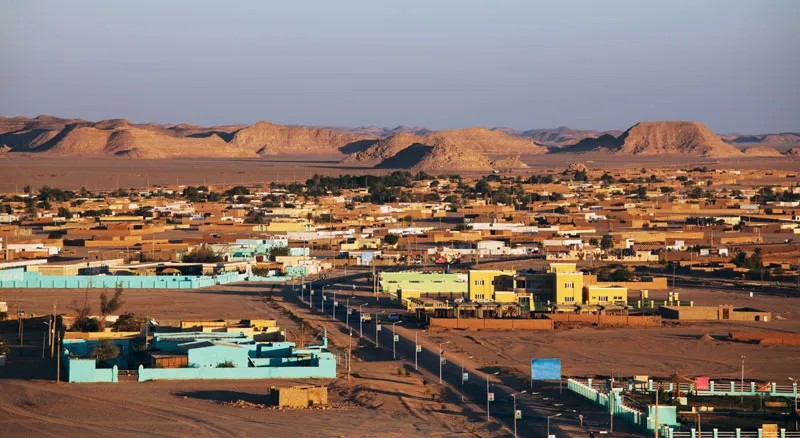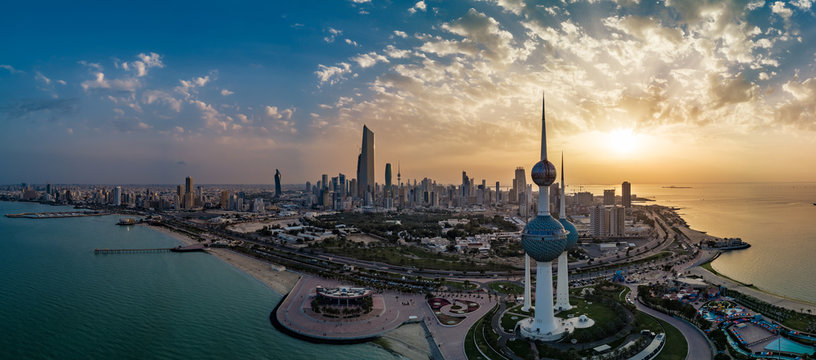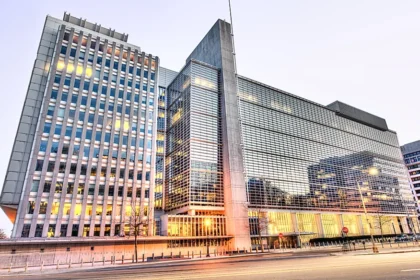At a Glance
- Aswan, Ouargla, and Agadez rank among Africa’s hottest cities, facing extreme desert heat and limited rainfall year-round.
- Climate change is amplifying the intensity and frequency of heatwaves in fast-growing African urban centers.
- These cities urgently need climate-resilient infrastructure to protect populations from rising temperatures and heat-related health risks.
Africa is home to some of the most blisteringly hot cities on Earth, where average temperatures soar well above 40°C (104°F) and rainfall is scarce.
Cities like Kuwait City in Sudan and Agadez in Niger regularly endure extreme desert heat, with daytime highs pushing the limits of human comfort. In Algeria’s Ouargla, temperatures once reached a record 51.3°C (124.3°F), marking the highest officially recorded in Africa.
In Lodwar, Kenya, and Maroua, Cameroon, dry, sun-scorched days dominate most of the year, while Maiduguri in Nigeria experiences long, harsh dry seasons.
Northern cities like Niamey, Wadi Halfa, and Aswan sit on the fringes of the Sahara or deep within desert zones, making them vulnerable to extreme temperatures and water scarcity.
Even inland capitals like Bamako, Mali, are not spared, where heatwaves and limited rainfall test infrastructure and public health systems. These cities face mounting climate challenges, with growing urban populations and increasing demand for cooling and water access.
As global temperatures rise, Africa’s hottest cities spotlight the urgent need for sustainable climate adaptation—ranging from heat-resilient architecture to urban cooling policies—to protect lives and livelihoods in one of the world’s hottest regions.
1. Kuwait City, Sudan
Average Highs: 41–44°C (106–111°F) in summer
One of the most sweltering cities on the continent, located deep in the Nubian Desert.

2. Lodwar, Kenya
Average Highs: 37–41°C (99–106°F)
Situated in Kenya’s arid northwest, Lodwar endures relentless heat year-round.
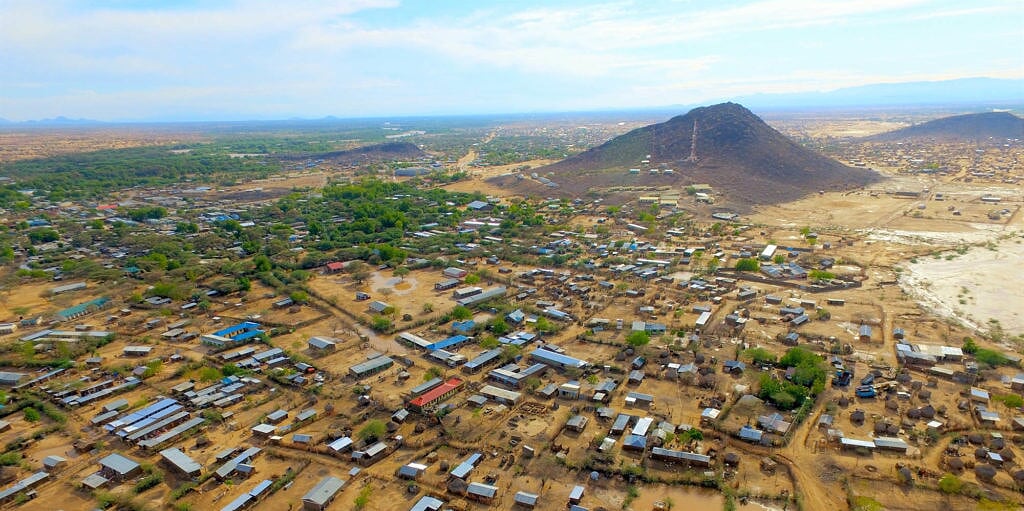
3. Agadez, Niger
Average Highs: 38–43°C (100–109°F)
This desert city is a furnace, with scorching sun and minimal rainfall.
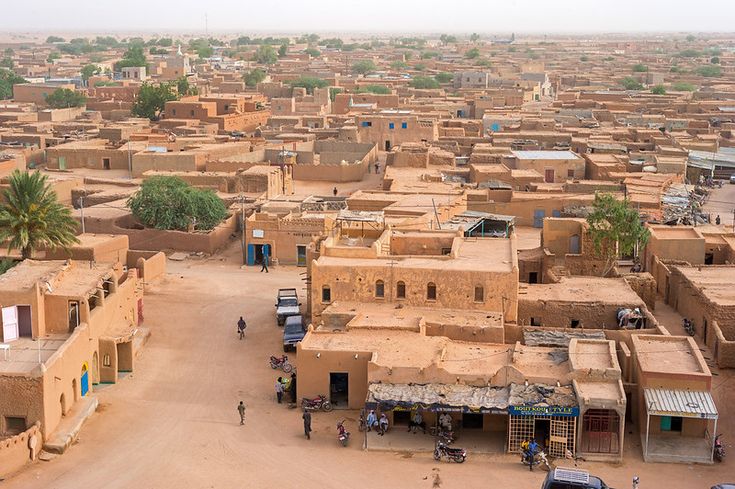
4. Ouargla, Algeria
Average Highs: 40–46°C (104–115°F) in summer
Once recorded Africa’s highest official temperature: 51.3°C (124.3°F) in 2018.
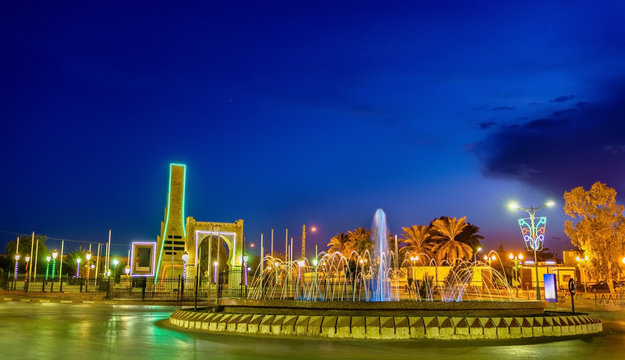
5. Maiduguri, Nigeria
Average Highs: 37–41°C (99–106°F)
Located in northeastern Nigeria, it experiences long, dry, and intensely hot seasons.
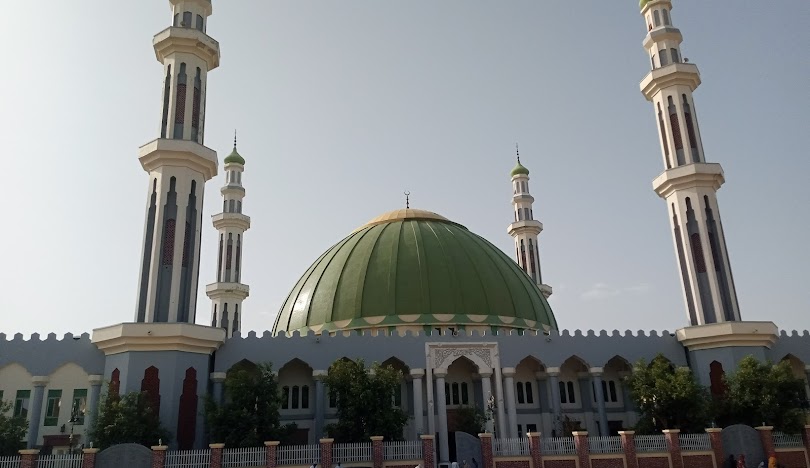
6. Maroua, Cameroon
Average Highs: 36–42°C (97–108°F)
Northern Cameroon’s Maroua endures brutal heat during most of the year.
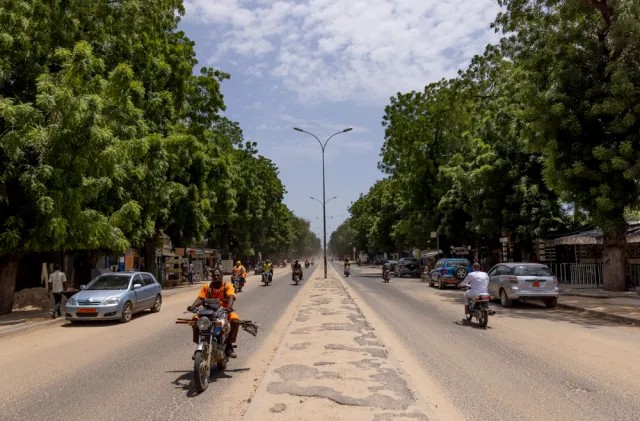
7. Niamey, Niger
Average Highs: 38–43°C (100–109°F)
A Sahelian city consistently scorched by dry desert winds.

8. Aswan, Egypt
Average Highs: 40–44°C (104–111°F) in summer
Aswan is one of the driest and hottest cities on the planet.
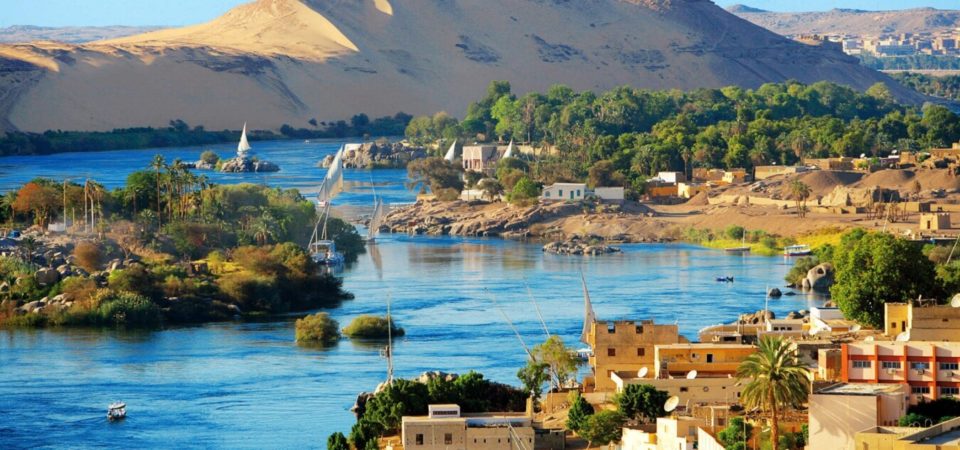
9. Bamako, Mali
Average Highs: 37–41°C (99–106°F)
Inland Mali’s capital routinely ranks among the hottest capitals globally.

10. Wadi Halfa, Sudan
Average Highs: 38–42°C (100–108°F)
Remote and desert-bound, this city is a hotspot in every sense.
